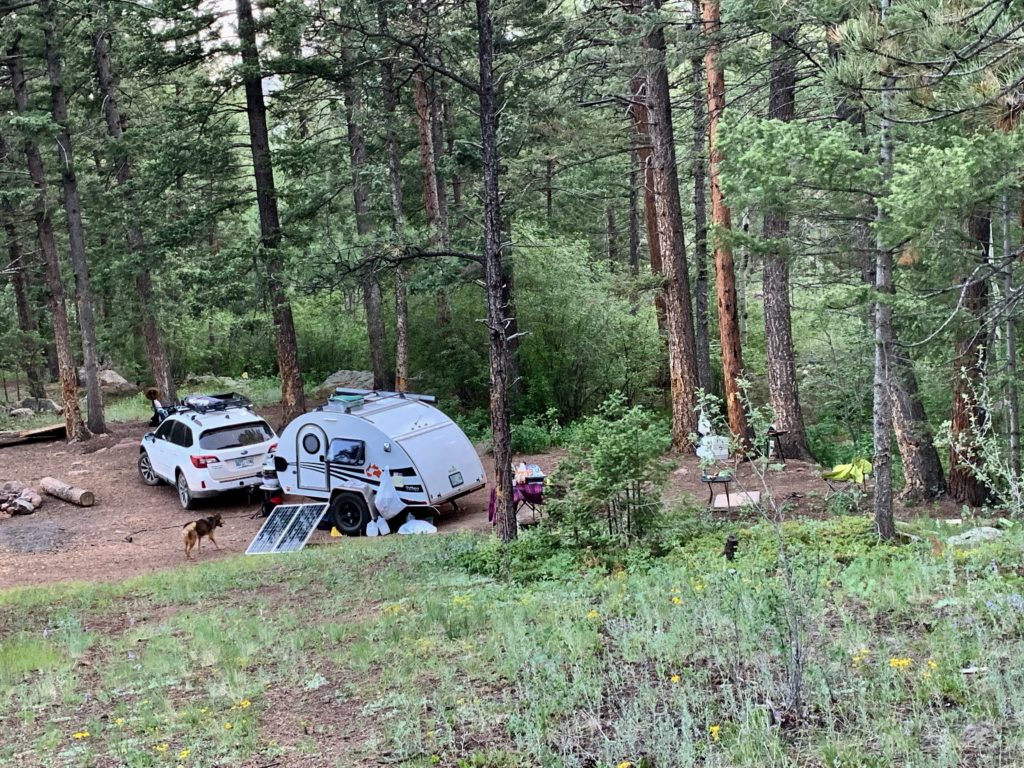
Retirement is an odd word to describe my active, expansive phase of a life unshackled by time and place commitments and free to live my dream each day in the American wilderness.
Living the wilderness dream
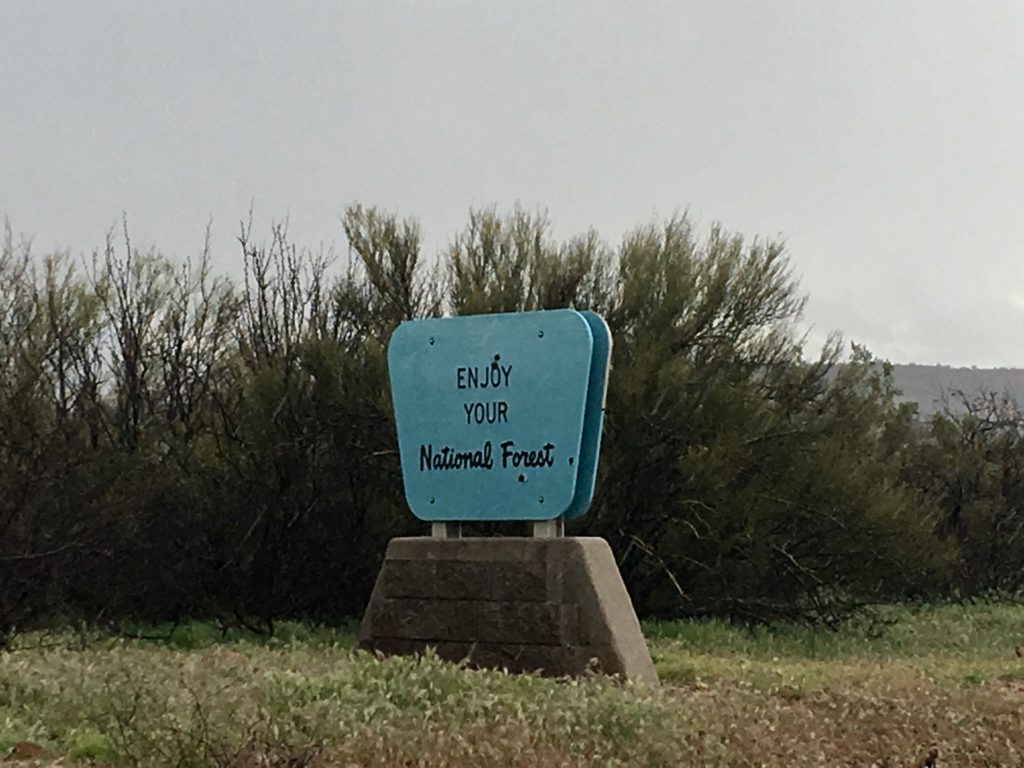
For me, that dream is unlimited access to wilderness. The real wild. In our country, almost five percent of public land is designated wilderness.
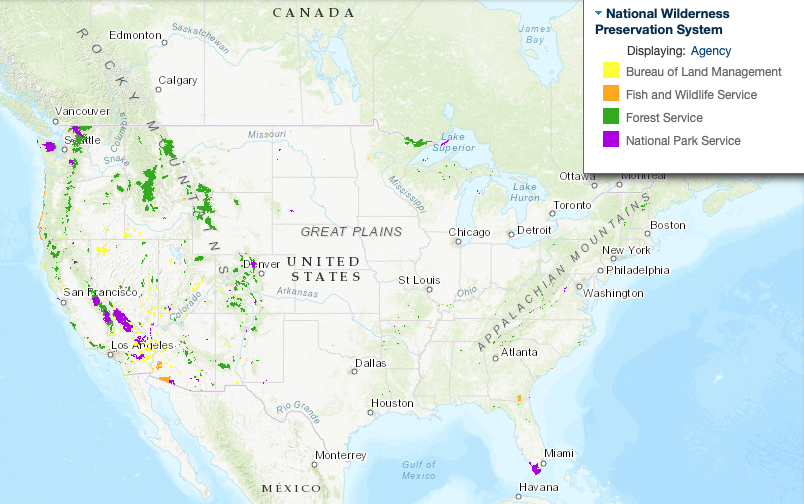
Wilderness Institute at the University of Montana’s College of Forestry and Conservation.
America’s Wilderness Preservation System protects the natural, wild condition of over 109 million acres in 803 wilderness areas. That’s about the size of California.
It’s not quite my “unlimited access” dream, but better than nothing! As more people return to minimalist lifestyles perhaps we will invest more to protect the American wilderness.
This land was made for you and me
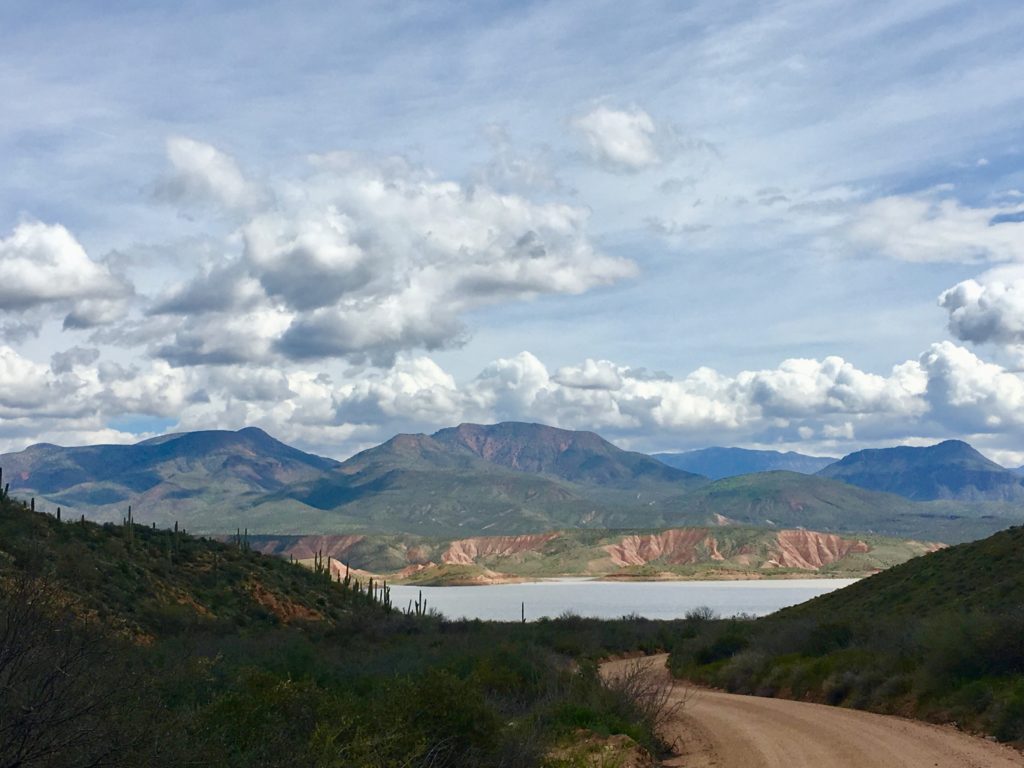
These public lands are owned by Americans and managed by the federal government (National Forests, Parks, Bureau of Land Management, and Fisheries and Wildlife Systems.) Access is typically free.
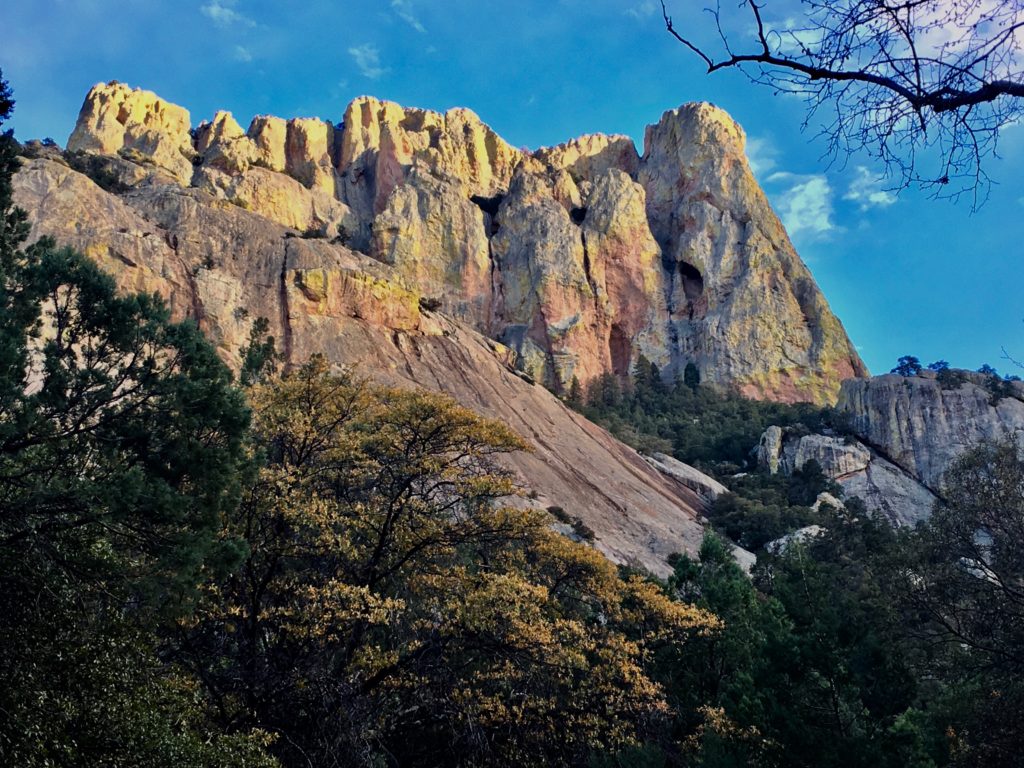
Mostly untouched by humans, federally-preserved wilderness areas remain Nature’s stronghold where wildlife flourishes in diverse biozones and climates.
Worth the effort to get there
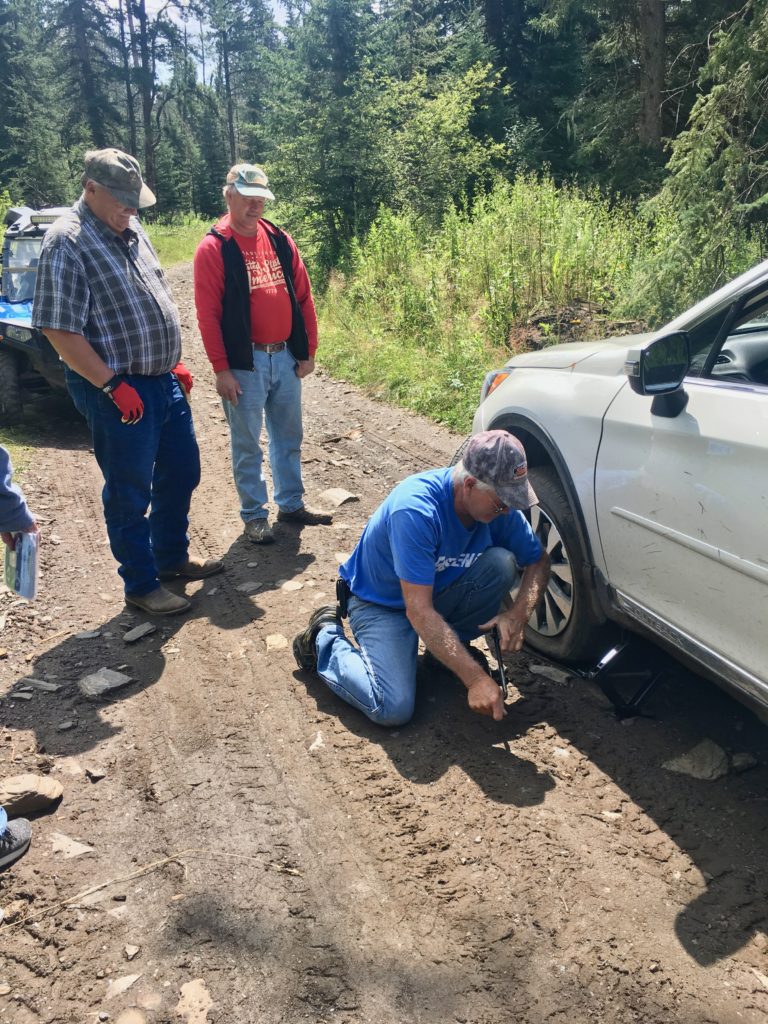
Unpaved, often rough national forest roads open access to the edges of America’s most pristine natural settings. Motorized vehicles are not allowed within the boundaries of designated wilderness areas.
Some of the finest people I’ve met have been on the backroads leading to the American wilderness.
Maps and local resources matter
Maps of those roads, trails, and dispersed camping (boondocking) sites can be obtained online and at national forest ranger stations and headquarters.
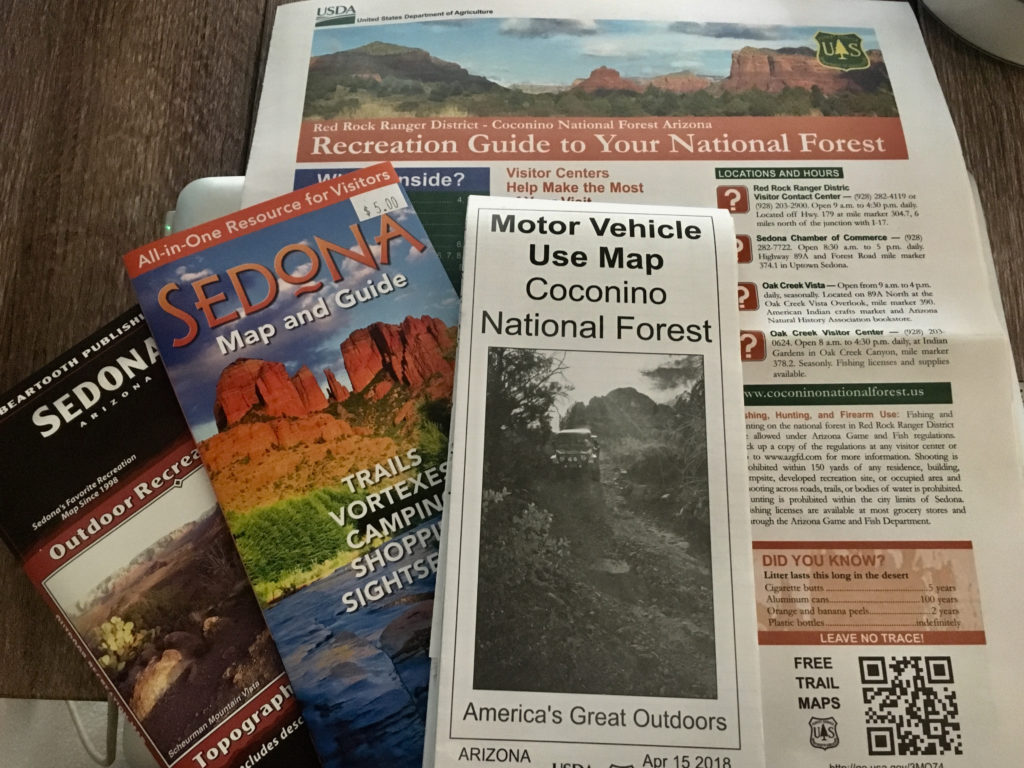
Once within the wilderness boundaries, locomotion is by foot or hoof. Motorized vehicles are not allowed.
Amazing, unexpected amenities
There are no services, but fantastic opportunities to experience our country, our deepest selves, and greatest capacity when we dare to go beyond the comfort zone of civilization.
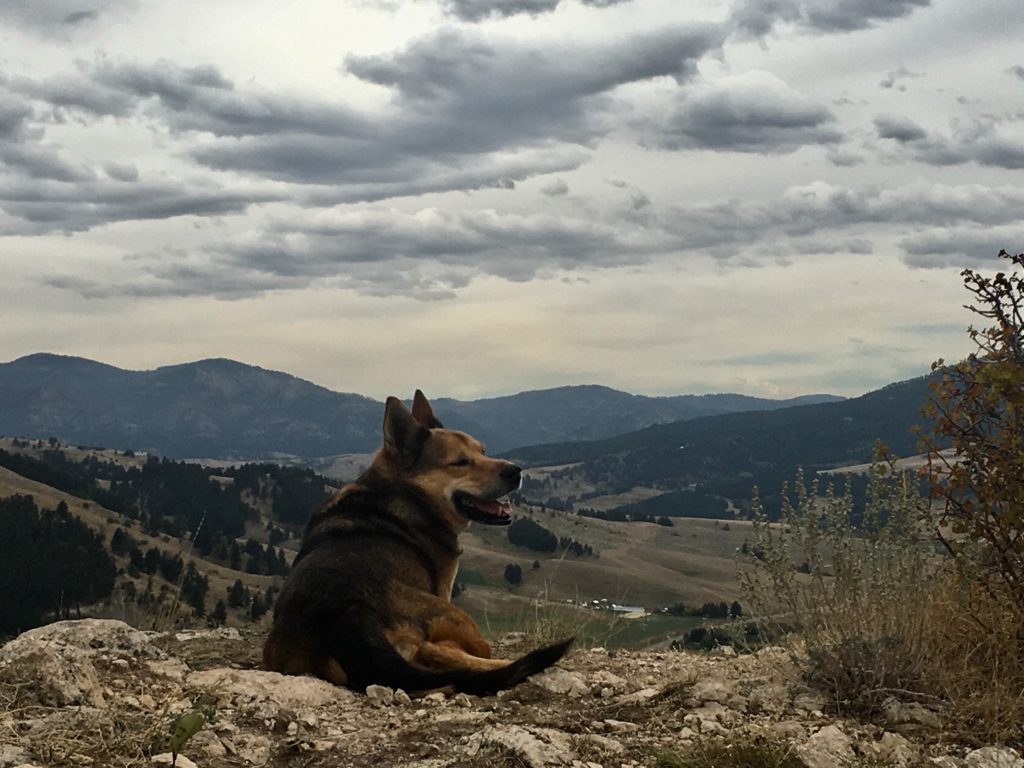
Cindy’s soul comes through over and over again in her words, pictures, and factual information!
I love reading these accounts of fact and soul!
Thank you Laura!